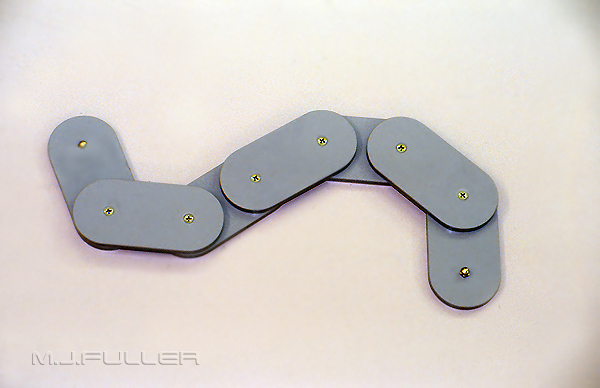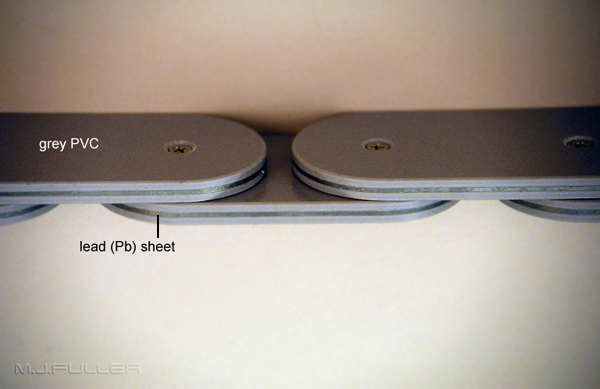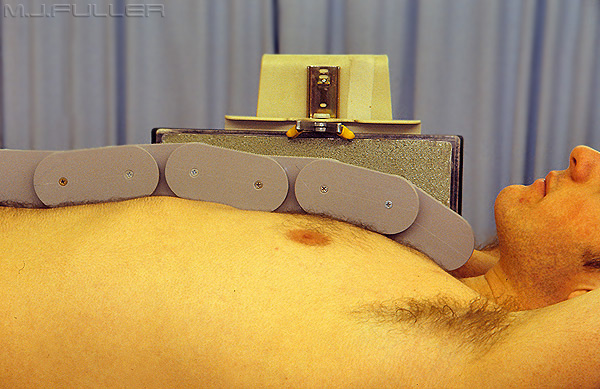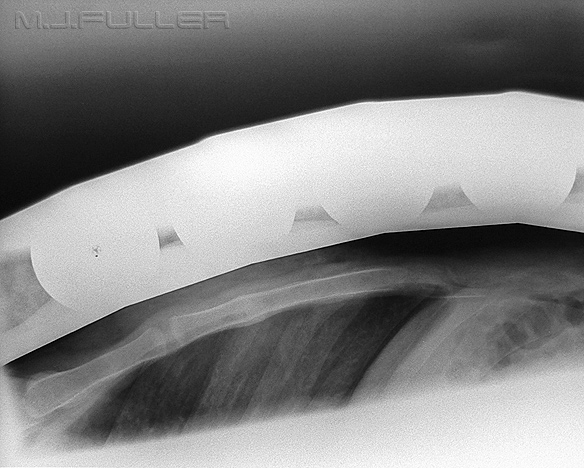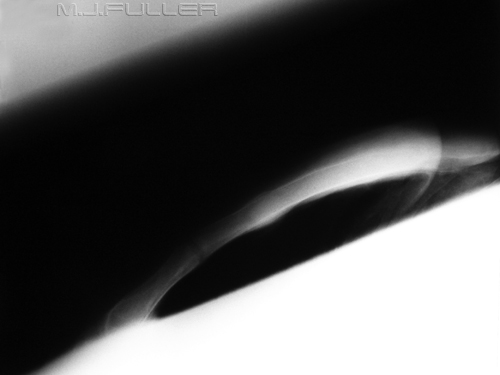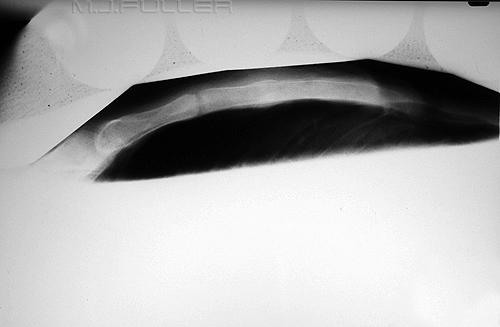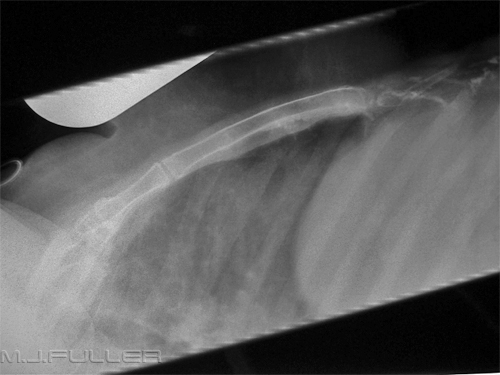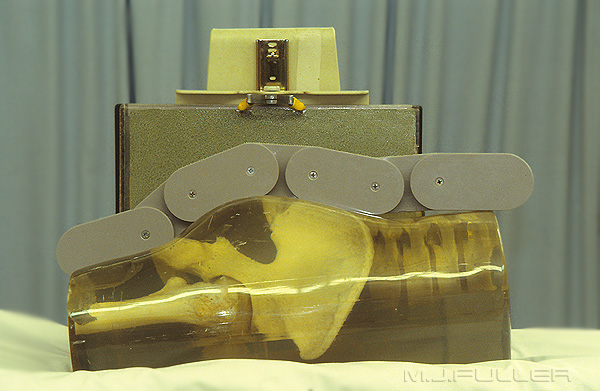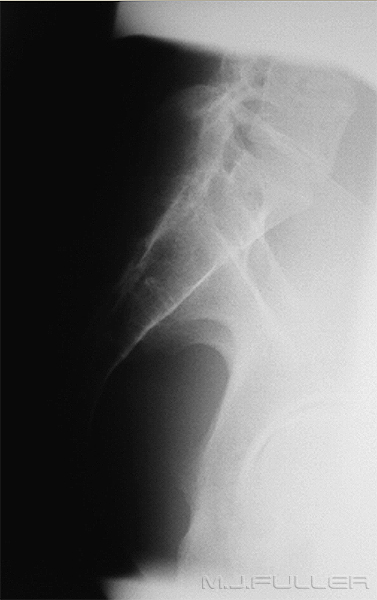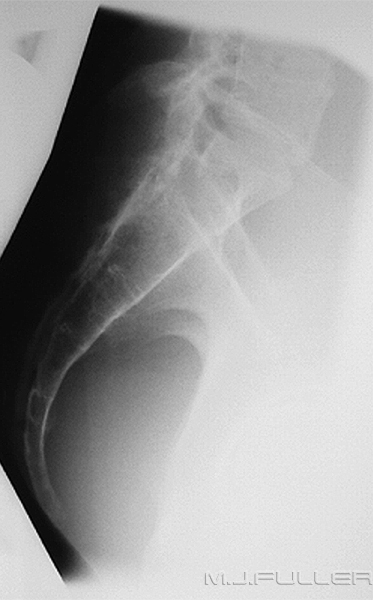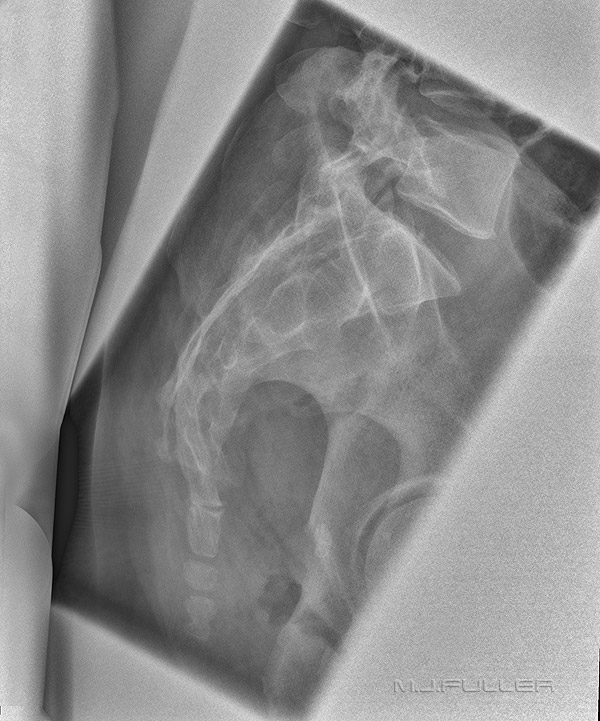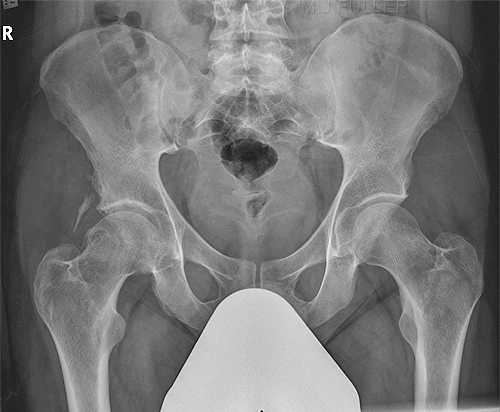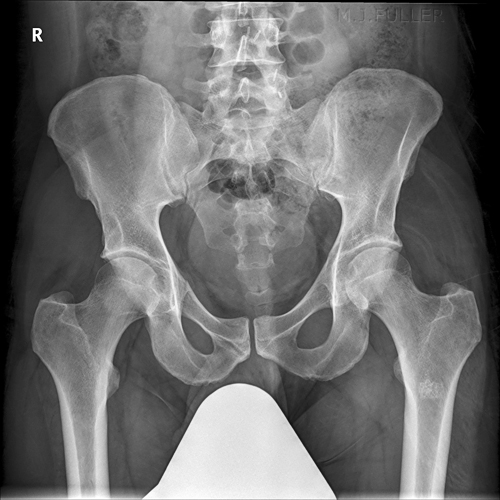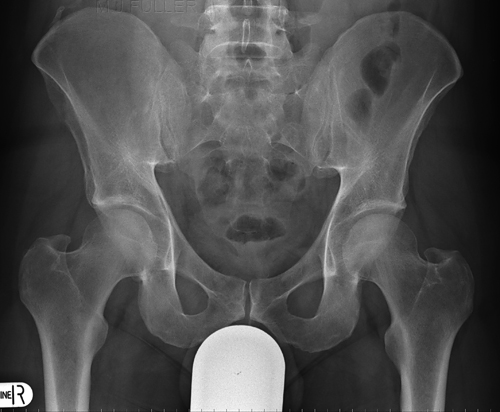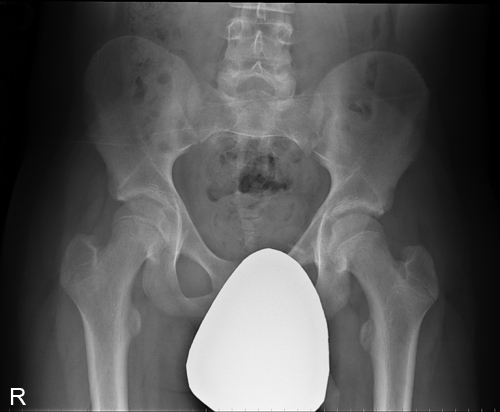Using the Lead Snake to Reduce Scatter Radiation
Introduction
The lead snake was designed to reduce scatter radiation associated with the horizontal ray lateral sternum projection. It was clear that when imaging thicker anatomical regions, and where there was primary X-ray beam making direct contact with the film/receptor, radiation scatter degradation of the image was considerable. This degradation was inevitable with the lateral sternum projection because it was otherwise impossible to collimate the primary beam within the skinline.
Related Wikiradiography Pages
http://www.wikiradiography.com/page/Lead+Snake+Construction+Notes
The Concept
<a class="external" href="http://www.aliexpress.com/fm-store/603923/210665287-362984579/-Bamboo-toy-plastic-toy-snake-snake-simulation-Tricky-Toys-3-AP07694.html" rel="nofollow" target="_blank">
http://www.aliexpress.com/fm-store/603923/210665287-362984579/-Bamboo-toy-plastic-toy-snake-snake-simulation-Tricky-Toys-3-AP07694.html</a>The idea of producing an articulated lead snake arose from observing children playing with a snake toy. When laid on its side, the snake toy would conform itself to the shape of the object it was laying on.
The Design
Using the Snake with the Lateral Sternum Projection
The snake was designed to be self conforming to the chest wall when used on the horizontal ray lateral projection of the sternum as shown below.
Snake positioned for a Horizontal Ray Lateral Sternum Projection
The snake is easily kept upright using a blanket which is laid across the top of the patient and covering the lower segment of the snake (not shown)
Other Applications
Lateral cross-table sternum using snake to reduce scatter radiationCase 1
This patient presented to the Emergency Department following a head-on motor vehicle accident. The patient was experiencing considerable sternal pain and was referred for radiography of the sternum. These images were taken using conventional film-screen radiographic equipment.
Image 1- No Snake
This is the initial lateral sternum image. It is apparent that the there is underexposure in the lower sternum due to overlying breast shadow. There is also overexposure of the manubrium. The radiographer considered that the image was degraded by scatter radiation. She kept the exposure factors the same and repeated the image using the snake positioned over the sternum
Image 2- Repeat View with Same Exposure with Snake In-situ
This repeat view of the lateral sternum is clearly of a much higher quality. The higher quality of this repeat image can be almost completely attributed to the reduction in scatter radiation associated with the use of the snake. A fracture of the sternum with possible associated retro-sternal soft tissue swelling is now revealed
Case 2
This patient also presented to the Emergency Department following a head-on motor vehicle accident. A trauma radiographic series was requested including lateral sternum. The radiographer thought that the patient's very large breasts would cause considerable artifact if a lateral cross-table sternum projection was attempted. The risk of failure was so high that conventional cross-table lateral sternum radiography was considered likely to fail.
Following discussion with the doctor in attendance, it was decided that a lateral cross table sternum projection would be attempted using the snake and with taping of the breasts so that they were positioned anterior to the sternum. The "taped up" breasts held the snake in position. The patient freely consented to the procedure.
The resulting lateral cross-table sternum image is shown. The results are remarkably good in a patient who appeared to be to be unsuitable for cross-table sternum radiography.
The distance between the visible snake segment and the sternum represents the thickness of the soft tissues anterior to the sternum. There is no evidence of breast tissue overlying the sternum.
Clearly, there must be explicit consent from the patient to undertake this procedure. The positioning of the snake and the taping of the breasts was undertaken by a female member of the radiography staff.
Barium enema horizontal ray lateral rectum
Scatter radiation can degrade the barium enema horizontal ray lateral rectum view. The Snake is positioned as shown below
When used in conjunction with a graduated aluminium filter, the snake can effect a considerable improvement in image quality for this projection
Lateral Sacrum and Coccyx
The lateral sacrum and coccyx presents difficulties in terms of exposure technique. Whilst they can be imaged separately, there are advantages in demonstrating the anatomy in a single lateral projection in terms of efficiency and radiation protection. A comparison was made using a pelvis phantom to examine the difference that the combined use of a Snake and graduated aluminium filter would make on the visualised anatomy. Note that the exposure used on both images are identical. Note also that these images are radiographs (non-digital).
Using the Snake for Gonad Protection
Conclusion
The snake has been in use in my department for 7 years. It has found wider application than its originally conceived application for lateral cross-table sternum radiography. The effectiveness and versatility of the snake has seen it earn its place in the radiographer's toolbox.
... back to the Applied Radiography home page
... back to the Wikiradiography home page

